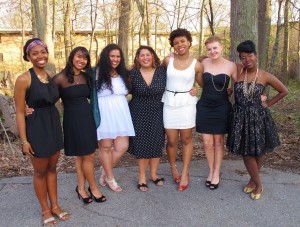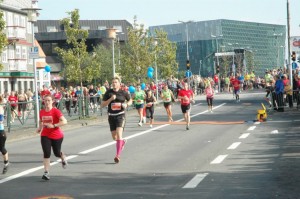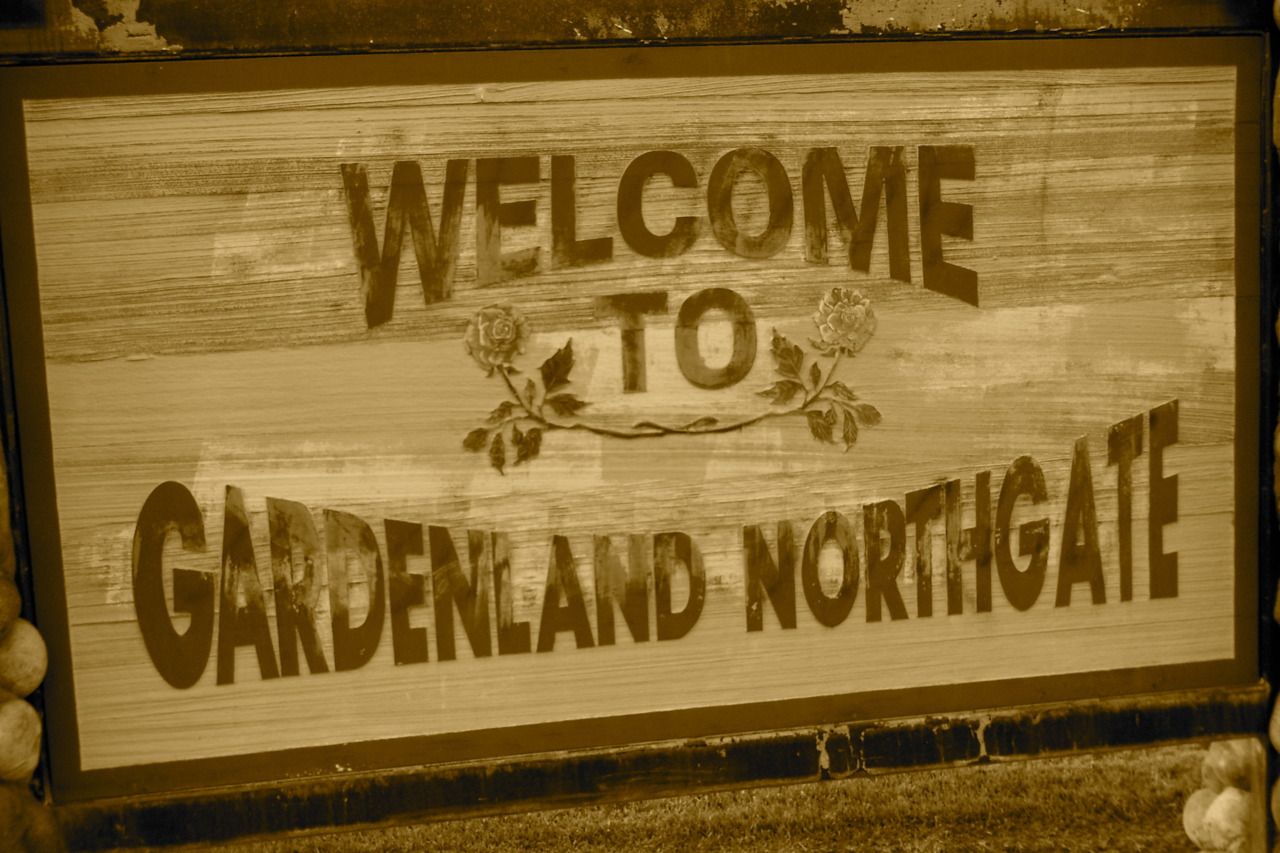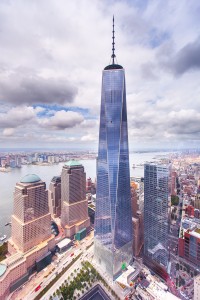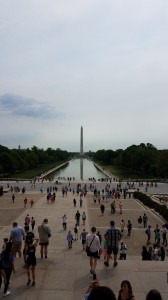The previous week, I detailed my transition onto the Grassroots Living/Learning Community. Only a few months on Grassroots proved that I did not know as much as I thought I did. Despite my parents’ thoughtful engagement with all cultures, I needed to begin building cultural competency on my own. Here are some steps I’ve found helpful as I’ve stumbled through experiential learning:
- The process does not have a definitive end point. No one is ever fully “culturally competent;” there is always more to learn. This is how I think of it: when I first entered college, I was on Step 4, due to my parents’ efforts to expose me to racial reconciliation work. Those first two years on Grassroots pushed me to Step 10, and the past three years have put me at Step 12. But the number of steps are infinite, and it would be foolish for me to become proud at the measly amount of steps I’ve taken.
- If you’re a white person hoping to ally yourself with people of color, understanding white culture and privilege is crucial. White culture exists; because it is the dominant culture in the United States, it is often invisible. However, whites have to acknowledge that we are just as culturally biased, if not more so, than those rooted in all other cultures. In the United States, our institutions and structures were created primarily by and for white citizens (and not to mention the male, rich, and straight). This means that people like me have been benefiting from systems since before we were born, and that our children will likely continue to benefit for generations.
- As you gather knowledge about other cultures, use it as a means of connection, not as a way to show off. I botched this several times, and it’s all a part of the processes. For example, if I meet a Latina and assume that she’s into Prince Royce, it’d be really awkward if she’s actually into country and hasn’t listened to bachata a day in her life. Even if, on the off chance, she’s a huge Royce fan, if I use this as an opportunity to impress her with my bachata knowledge, she’ll see right through it. People of color are used to being reduced to stereotypes and having uninformed people blabber on about China to someone who looks Asian but is actually Japanese-American and knows absolutely nothing about China. On the flip side, don’t pretend like you don’t know who Royce is, but rather, if a potential new friend brings him up, use it as a way to connect with her in a normal (and not reductive!) way.
- On a related note, phenotypes (people’s physical features) can be very misleading if you’re trying to guess someone’s heritage. Identity is complicated, and for all you know, someone who looks African could have been raised by a white family in the Midwest. People also choose, to some extent, how they wish to identify. This is especially true of multi-racial people. Having a multi-ethnic background makes it nearly impossible to guess one’s racial make-up based on phenotypes, and creates a quandary for all involved. Unable to place said multi-ethnic person in a box, people get frustrated and try to force them to choose one identity. Of course, someone who, for example, has a black parent and a white parent can’t decide between identities. Both are essential to one’s personhood.
- A caveat on choosing identities: be aware of cultural appropriation. Cultural appropriation can be understood as wanting people of color’s culture, but not the struggle. For example, while people at Coachella wear feathers similar to those present in Native American culture. Whites wear them because they’re pretty, or stylish, or something. But most of them have no connection to the spiritual or otherwise personal history of many Native groups, nor wish to suffer alongside Native people who continue to this day to face discrimination while fighting for basic human rights and representation in the United States. This is problematic because it diminishes Native people’s experiences and pain, all out of ignorance. Similarly, whites cannot “choose” to identify as Native American because their culture seems oh so romantically quaint compared to “cultureless” whites (see above point number 2). Again, this minimizes people of colors’ experiences and makes them uncomfortable/angry, and rightly so. A white person cannot even try to embody POC’s because with their phenotypes, they will be seen as whites and treated thus.
Again, all of this can be hard to process, especially if you’re white and just starting along the cultural competency path. A general rule of thumb is to find situations where you can respectfully listen to POC on their own terms.
Further resources:
Peggy McIntosh, Unpacking the Invisible Knapsack. A list of privileges you might not have considered before:
Nell Irvin Painter, “What Is Whiteness?”: A history of the creation of “whiteness” as a social construct:
Dr. Robin DiAngelo, White Fragility: Why it’s So Hard to Talk to White People about Racism. An article on white privilege, white culture, and institutional racism:
Slavery to Mass Incarceration: A short video on the history of slavery and why it impacts us today:
Tate Walker, “We Can’t ‘Get Over It'”: 4 Ways Understanding Past Wrongs Can Create Better Indigenous Allies: Provides insight into Native American groups’ histories and struggles for justice:
By Anna Lindner
Anna is a Campus Clipper intern and a first-year student in NYU’s Media, Culture, and Communication program. Her research interests include critical race and gender theory and their resultant intersectionality. When she’s not studying, Anna enjoys visiting friends, catching up on TV shows, and lifting weights. For over 20 years, the Campus Clipper has been offering awesome student discounts in NYC, from the East Side to Greenwich Village. Along with inspiration, the company offers students a special coupon booklet and the Official Student Guide, which encourage them to discover new places in the city and save money on food, clothing and services.
At the Campus Clipper, not only do we help our interns learn new skills, make money, and create wonderful e-books; we give them a platform to teach others. Check our website for more student savings.

